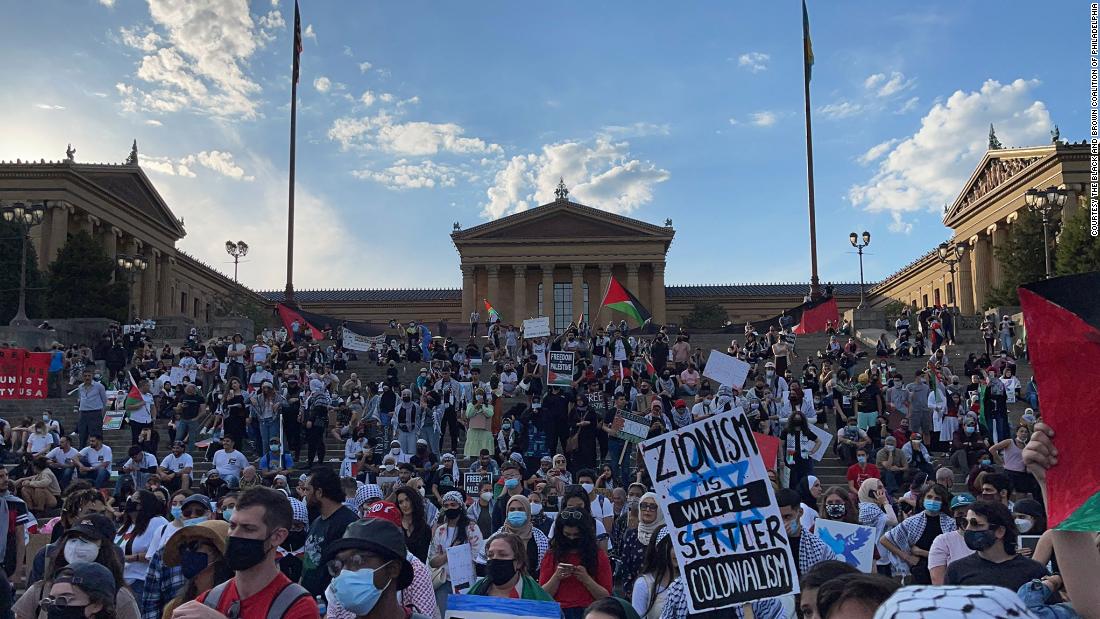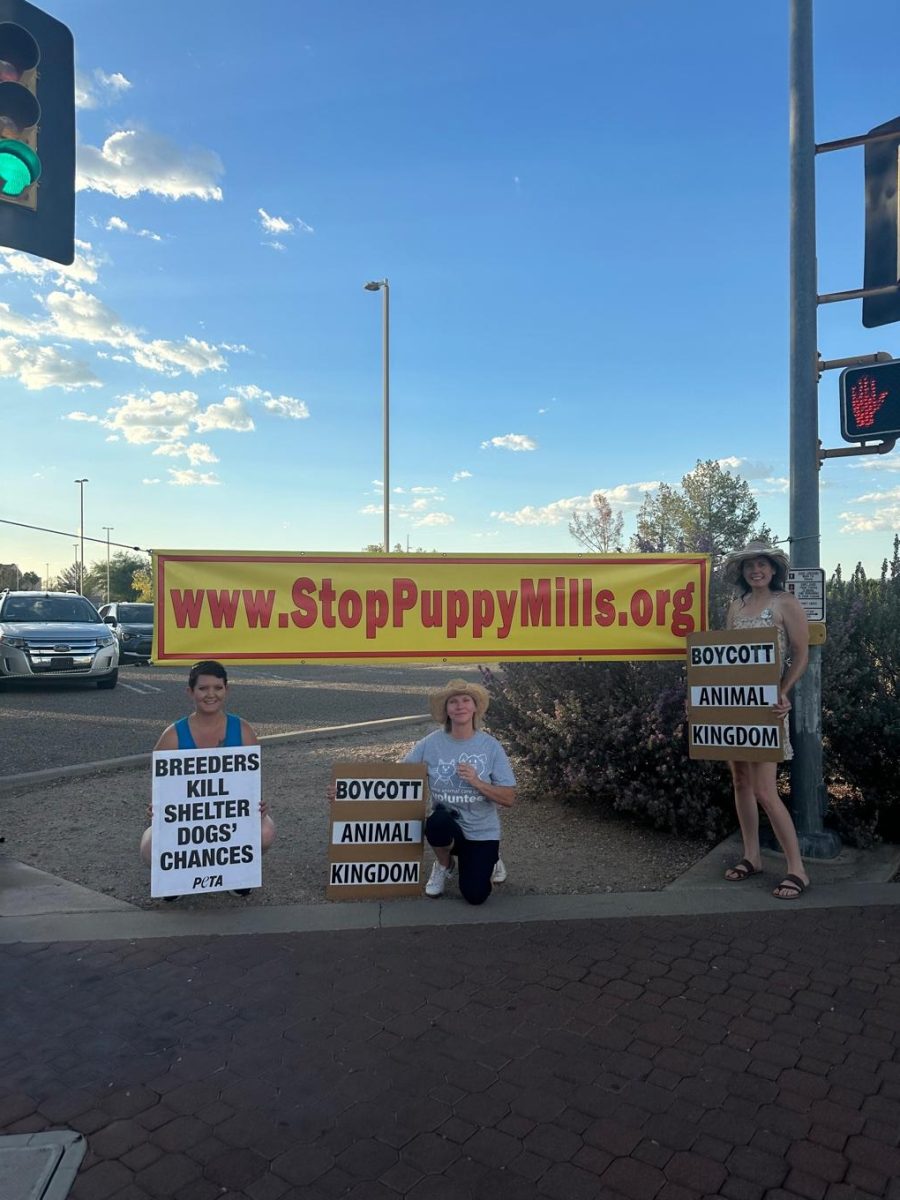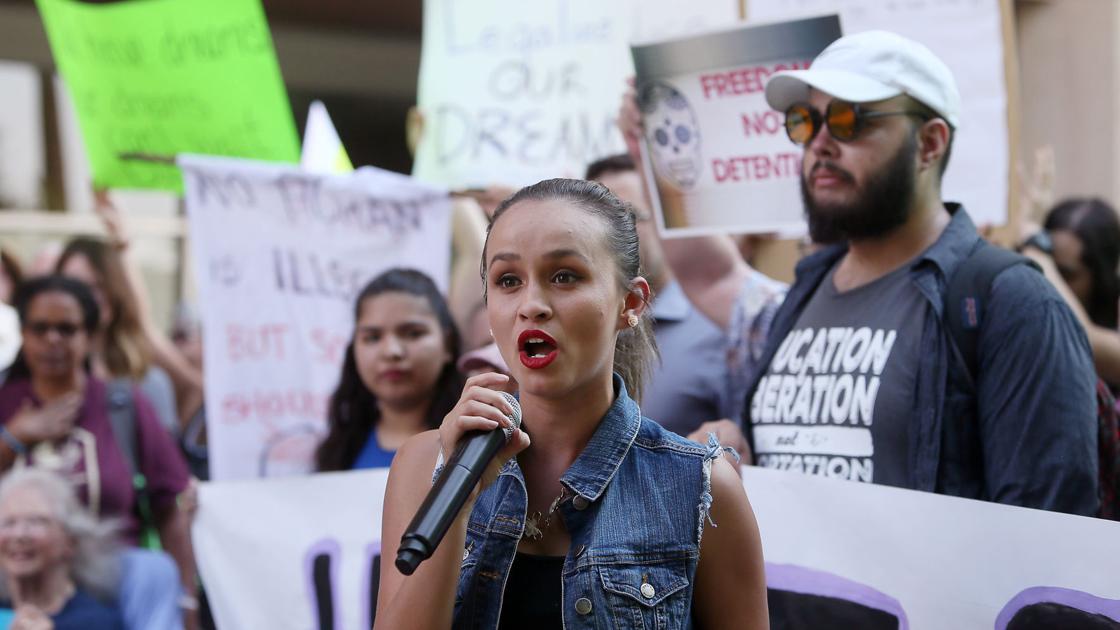Protests in Tucson today are more than just a rallying cry; they’re a reflection of the growing dissatisfaction with systemic issues that have plagued the city for years. From environmental concerns to social justice, the people of Tucson are standing up and demanding change. Whether you’re a local or someone following the news from afar, it’s essential to understand what’s driving these demonstrations and how they fit into the broader picture of activism today.
As we dive into the heart of what’s happening in Tucson, it’s crucial to recognize that protests are not just about making noise. They’re about amplifying voices that have been silenced for too long. The energy on the streets is palpable, and the message is clear: the status quo is no longer acceptable.
What makes the Tucson protests today particularly noteworthy is the diversity of issues being addressed. From climate change to police reform, the demonstrators are uniting under a common banner of justice. This article will take you through the key drivers behind these protests, the people leading the charge, and what the future might hold for this vibrant city.
Read also:Tony Ward Bridal Dresses The Ultimate Guide To Timeless Elegance
Understanding the Tucson Protests Today
Let’s break down what’s happening in Tucson right now. The protests have been sparked by a variety of factors, but at their core, they’re about people demanding accountability and action. The city has seen an increase in demonstrations over the past few months, with participants from all walks of life coming together to voice their concerns.
One of the standout features of these protests is their grassroots nature. Unlike some movements that are led by national organizations, the Tucson protests today are largely driven by local activists who are deeply connected to their communities. This authenticity adds weight to their demands and resonates with people across the country.
Key Issues Driving the Protests
- Police Reform: Many demonstrators are calling for an end to police brutality and systemic racism within law enforcement.
- Climate Justice: With Arizona’s fragile ecosystem under threat, environmental activists are pushing for more sustainable policies.
- Immigration Rights: Tucson has a large immigrant population, and many are advocating for fairer immigration laws and protections.
These issues are not isolated; they intersect in ways that highlight the complexity of the challenges facing Tucson. The protests are a call to action for policymakers and community leaders to address these interconnected problems.
Tucson Protests Today: A Historical Perspective
While the current wave of protests may seem sudden, they’re actually part of a long tradition of activism in Tucson. The city has a rich history of social movements, from labor strikes in the early 20th century to civil rights marches in the 1960s. This legacy provides a foundation for today’s demonstrators, who are building on the efforts of those who came before them.
It’s worth noting that some of the same issues that sparked protests decades ago are still relevant today. For example, the fight for workers’ rights and fair wages continues to be a major concern. This historical context helps us understand why the current demonstrations are so passionate and persistent.
Lessons from the Past
What can we learn from Tucson’s history of protests? One key takeaway is the importance of community organizing. Successful movements in the past have been built on strong networks of support and collaboration. Today’s activists are taking a page from that playbook, using social media and other tools to mobilize large numbers of people quickly.
Read also:Velocity Fitness Center Your Ultimate Destination For Fitness And Wellness
Another lesson is the power of persistence. Change doesn’t happen overnight, and many of the victories achieved by past movements were the result of years of hard work and dedication. The current generation of protesters is carrying that torch, determined to see their efforts bear fruit.
Who Are the Leaders Behind Tucson Protests Today?
Every movement needs leaders, and the Tucson protests today are no exception. While there isn’t a single figurehead, several individuals and organizations have emerged as key players in the demonstrations. These leaders bring a wealth of experience and passion to the table, helping to guide the movement forward.
Some of the most prominent voices include grassroots organizers, environmental activists, and representatives from immigrant rights groups. Their diverse backgrounds and perspectives enrich the movement, ensuring that a wide range of issues are addressed.
Meet the Faces of the Movement
Here’s a quick look at some of the people leading the charge:
- Jessica Martinez: A longtime advocate for police reform, Jessica has been instrumental in organizing protests and raising awareness about police brutality.
- Carlos Ramirez: As a leader in the environmental movement, Carlos is working to protect Arizona’s natural resources and promote sustainable practices.
- Maria Gonzalez: Maria is a vocal supporter of immigrant rights and has been instrumental in advocating for fairer policies at both the local and national levels.
These leaders, along with many others, are the driving force behind the Tucson protests today. Their dedication and commitment are inspiring people across the country to take action in their own communities.
The Impact of Tucson Protests Today
So, what impact are these protests having? While it’s still early days, there are already signs that the movement is making a difference. Policymakers are taking notice, and some have begun to make changes in response to the demands of the demonstrators.
For example, the city council recently passed a resolution committing to reduce carbon emissions and invest in renewable energy. This victory was largely due to the efforts of environmental activists who have been protesting for years. Similarly, there have been positive developments in the area of police reform, with some departments implementing new training programs and accountability measures.
Measuring Success
How do we measure the success of the Tucson protests today? One way is to look at the changes that have been made as a direct result of the demonstrations. Another is to consider the increased awareness and engagement they’ve generated. More people are talking about these issues, and that’s a crucial step toward creating lasting change.
Of course, there’s still a long way to go. The challenges facing Tucson are complex and deeply entrenched, and solving them will require sustained effort and collaboration. But the momentum is building, and the demonstrators are determined to keep pushing forward.
Challenges Facing the Movement
Despite the progress being made, the Tucson protests today are not without their challenges. One of the biggest hurdles is maintaining momentum over the long term. It’s easy to get excited in the early stages of a movement, but keeping people engaged and motivated can be difficult as time goes on.
Another challenge is dealing with opposition. There are always those who resist change, and the protesters have faced pushback from various quarters. Whether it’s criticism from the media or resistance from entrenched interests, the movement must find ways to overcome these obstacles and continue moving forward.
Strategies for Success
To address these challenges, the leaders of the movement are employing a variety of strategies. One approach is to focus on building coalitions with other groups that share similar goals. By working together, they can amplify their message and increase their impact.
Another strategy is to use technology to their advantage. Social media platforms like Twitter and Instagram are powerful tools for organizing and spreading awareness. The movement is also leveraging data and research to support their arguments and make their case more compelling to policymakers.
What Does the Future Hold for Tucson Protests Today?
Looking ahead, the future of the Tucson protests today is uncertain but full of potential. The movement has already achieved some significant victories, but there’s still much work to be done. The key to continued success will be maintaining momentum and adapting to changing circumstances.
One thing is clear: the people of Tucson are not going to back down. They’ve shown incredible resilience and determination, and that’s a recipe for lasting change. As the movement continues to grow and evolve, it will be fascinating to see how it shapes the future of the city and beyond.
Predictions for the Future
Here are a few predictions for what the future might hold:
- Increased collaboration between different activist groups, leading to a more unified front.
- More concrete policy changes as a result of the pressure applied by the demonstrators.
- Greater public awareness and engagement with the issues being addressed by the movement.
These predictions are based on the current trajectory of the movement and the trends we’ve seen so far. Of course, only time will tell how things will play out, but the signs are promising.
How You Can Get Involved
So, you’re inspired by the Tucson protests today and want to get involved. Where do you start? The first step is to educate yourself about the issues. Read up on the topics being addressed by the movement and try to understand the different perspectives involved.
Once you have a solid understanding of the issues, you can start looking for ways to contribute. This could mean attending protests, volunteering with local organizations, or simply spreading awareness on social media. Every little bit helps, and your efforts can make a difference.
Resources for Getting Involved
Here are a few resources to help you get started:
- Local activist groups: Reach out to organizations working on the issues you care about and see how you can help.
- Online communities: Join forums and social media groups dedicated to activism and social justice.
- News outlets: Follow reliable sources of information to stay up-to-date on the latest developments.
By getting involved, you’ll not only be contributing to a worthy cause but also becoming part of a vibrant and dynamic movement.
Conclusion: The Power of Protest
The Tucson protests today are a testament to the power of collective action. They remind us that change is possible when people come together with a shared vision for the future. While the road ahead may be long and challenging, the energy and determination of the demonstrators give us reason to hope.
So, what can you do? Start by educating yourself, then find a way to get involved. Whether it’s through protesting, volunteering, or simply spreading awareness, your actions can make a difference. Together, we can create a better future for Tucson and beyond.
Call to Action: Share this article with your friends and family to help spread the word about the Tucson protests today. Leave a comment below and let us know what inspires you about this movement. And don’t forget to check out our other articles for more insights into the world of activism and social change.
Table of Contents
- Understanding the Tucson Protests Today
- Tucson Protests Today: A Historical Perspective
- Who Are the Leaders Behind Tucson Protests Today?
- The Impact of Tucson Protests Today
- Challenges Facing the Movement
- What Does the Future Hold for Tucson Protests Today?
- How You Can Get Involved
- Conclusion: The Power of Protest


